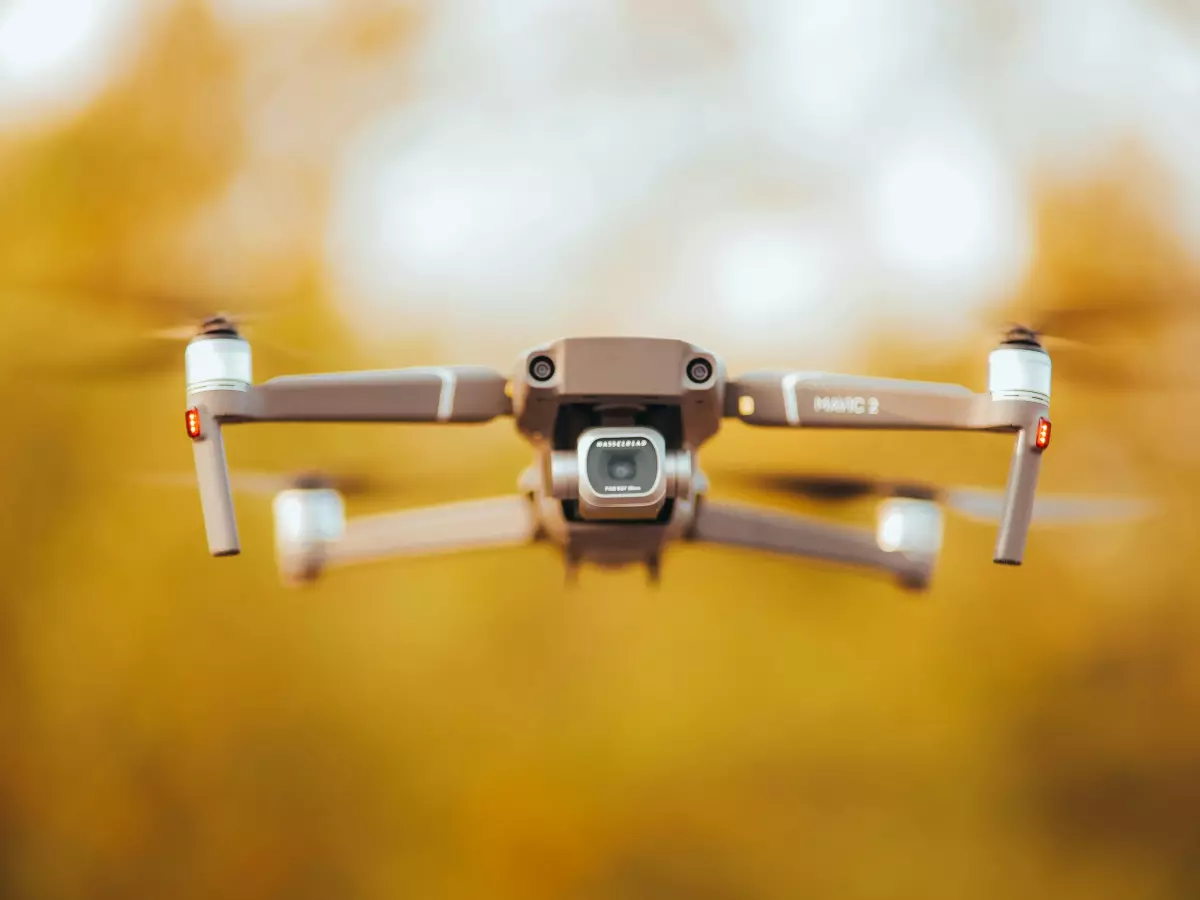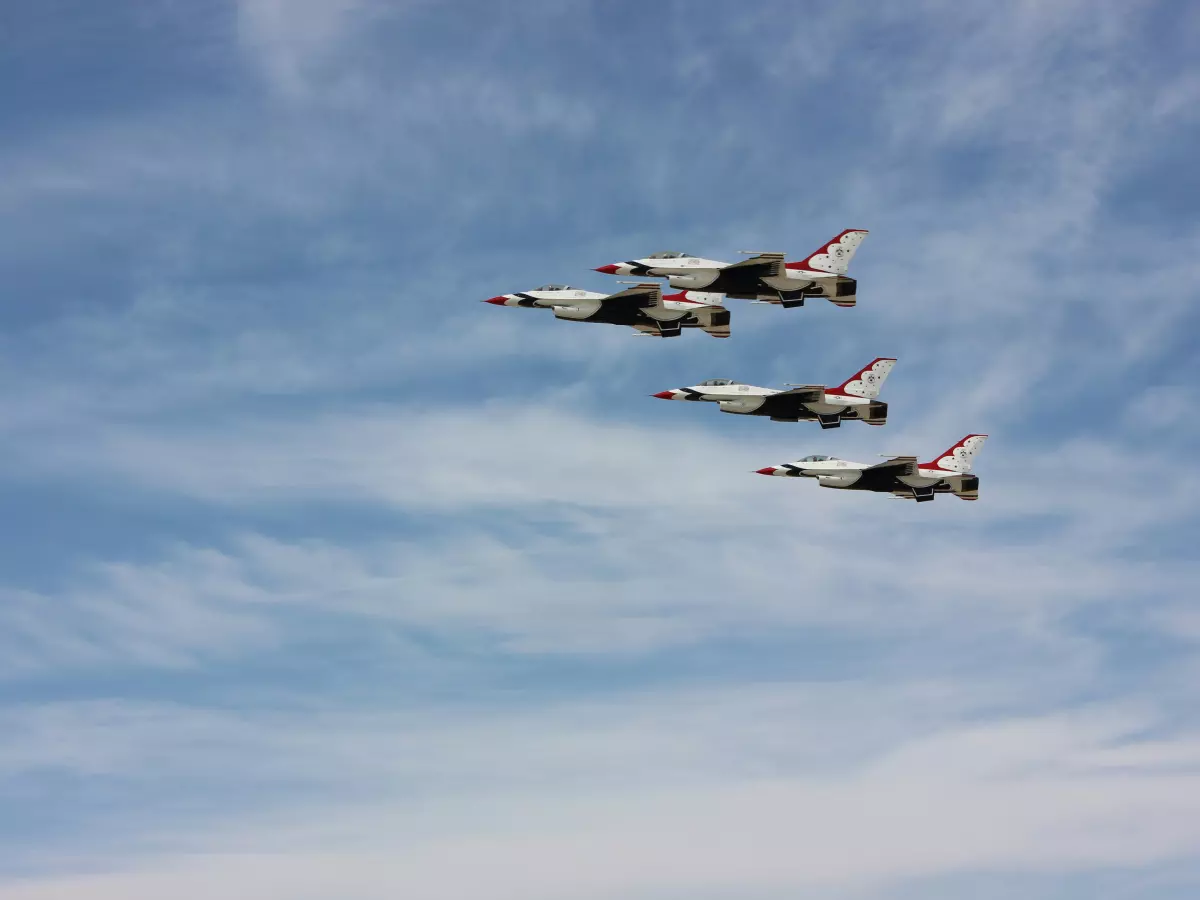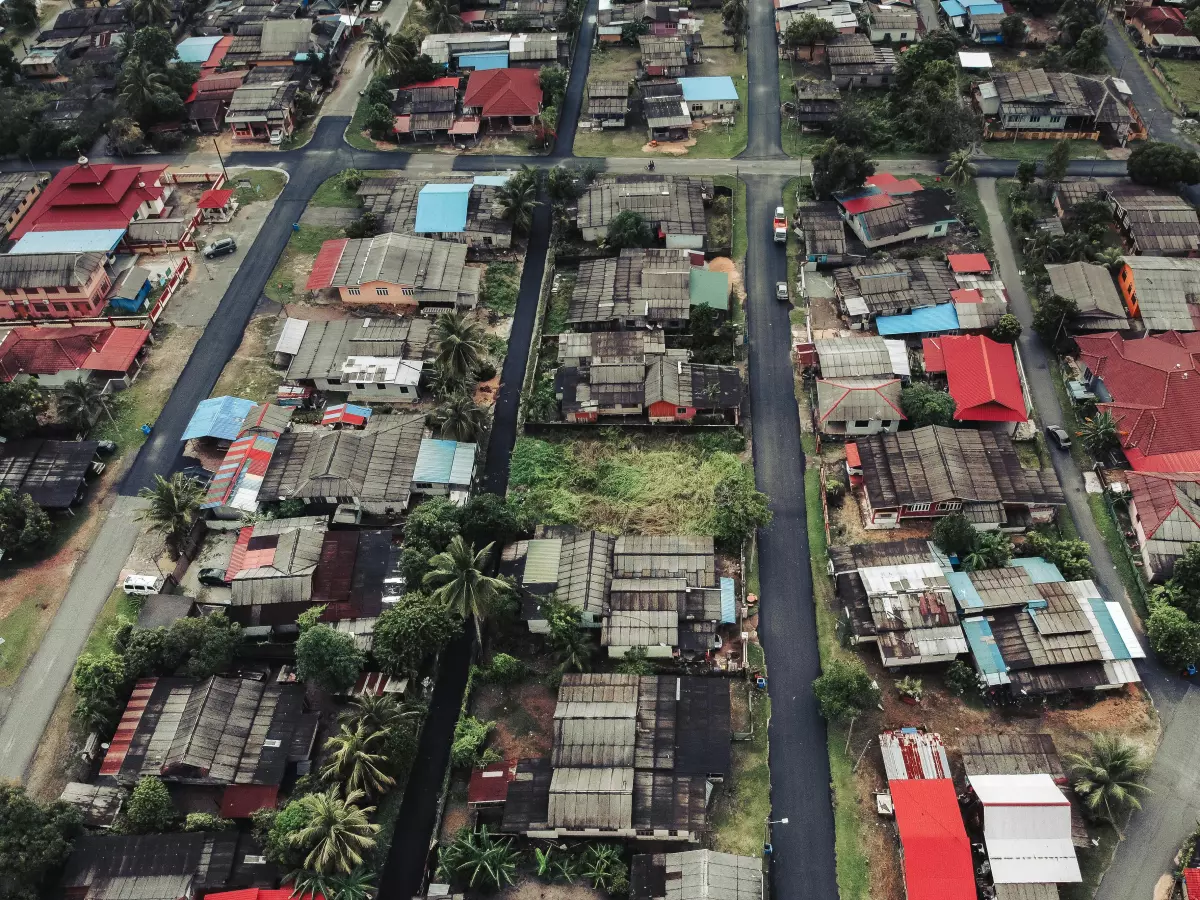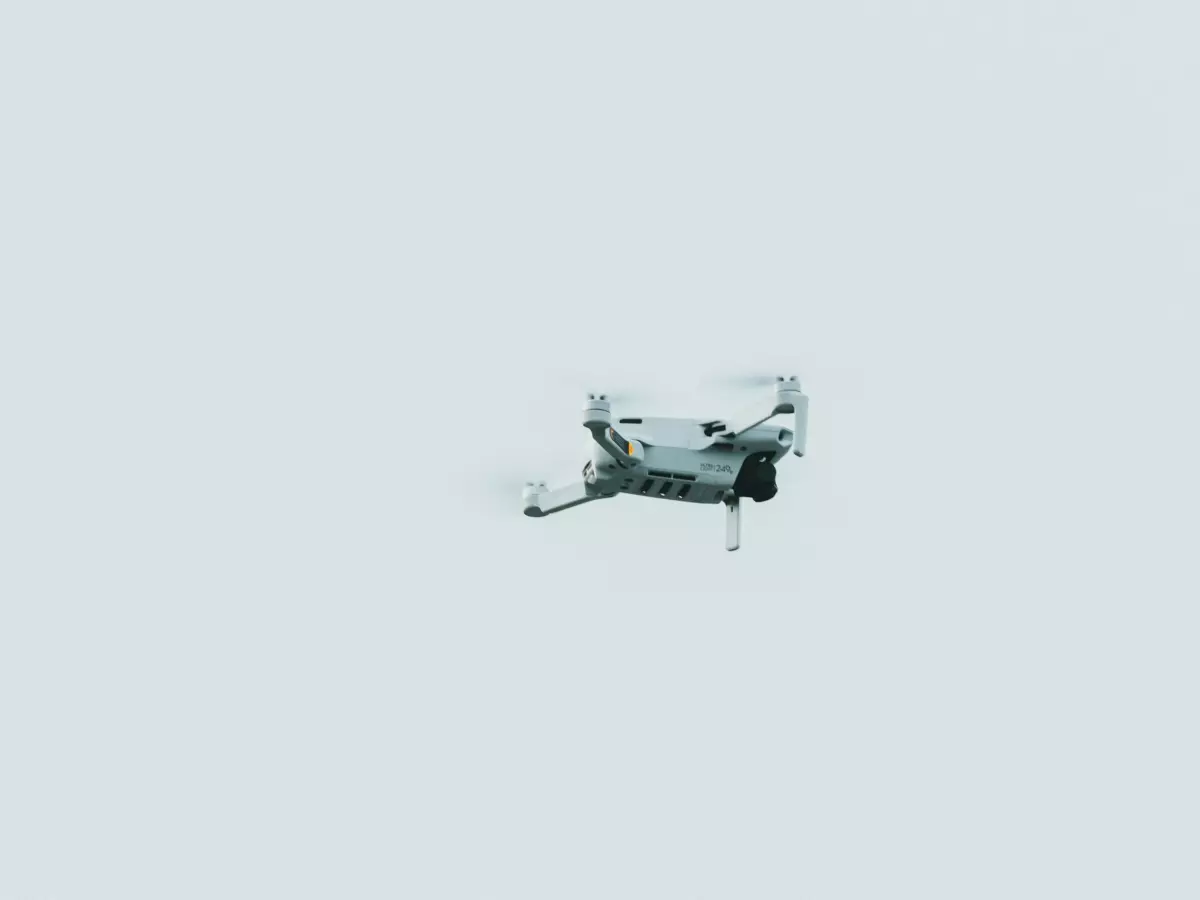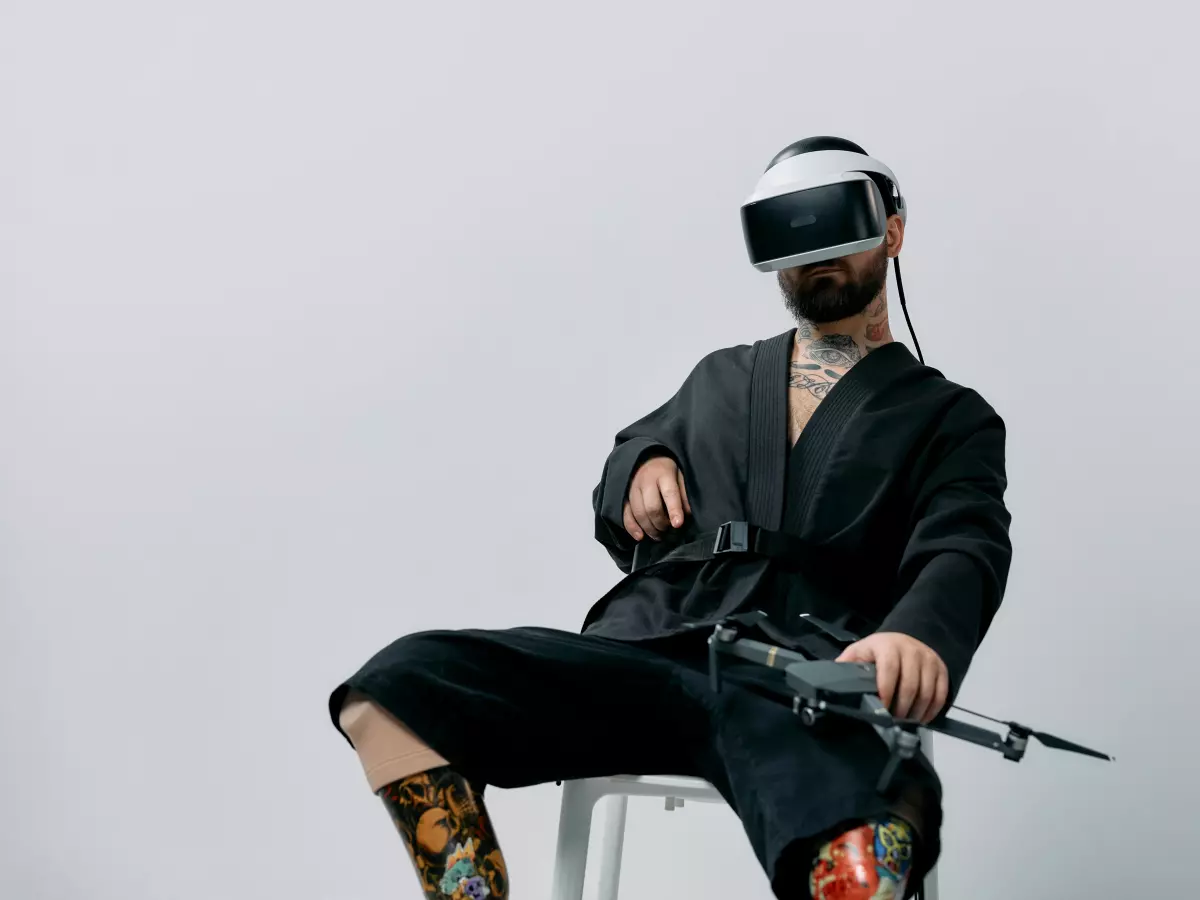Drone Swarms
Imagine a flock of birds flying in perfect harmony, making split-second decisions as one entity. Now, imagine a swarm of drones doing the same thing. Sounds like science fiction? It’s not.

By Elena Petrova
“The whole is greater than the sum of its parts.” This quote by Aristotle perfectly captures the essence of drone swarming. Individually, drones are impressive machines, but when they work together as a swarm, they become something far more powerful. But how do they pull off this synchronized dance? The answer lies in sensor fusion and advanced flight control software.
Let’s break it down. Drone swarming is the ability of multiple drones to operate as a cohesive unit, often without direct human control. They can communicate, make decisions, and adapt to their environment in real-time. This isn’t just a cool trick; it’s a game-changer for industries like agriculture, defense, and logistics. But for this to happen, drones need to process a massive amount of data from various sensors—radar, cameras, GPS, and more. This is where sensor fusion comes into play.
What Exactly is Sensor Fusion?
Sensor fusion is the process of combining data from multiple sensors to create a more accurate and reliable picture of the environment. Think of it like this: If you were navigating a maze with just your eyes, you’d have a limited view. But if you could also hear, smell, and feel the walls, your ability to navigate would improve dramatically. That’s what sensor fusion does for drones. It takes data from cameras, LiDAR, GPS, and other sensors, and merges it into a single, cohesive understanding of the drone’s surroundings.
But here’s the kicker: sensor fusion isn’t just about gathering data. It’s about making sense of it. The software behind sensor fusion uses algorithms to filter out noise, prioritize important information, and make real-time decisions. This is crucial for drone swarming because each drone needs to know not only where it is, but also where its fellow drones are, what obstacles are in the way, and how to adjust its flight path accordingly.
The Role of Flight Control Software
Flight control software is the brain behind the brawn. It’s responsible for interpreting the data from sensor fusion and turning it into actionable commands. In a drone swarm, this software manages everything from altitude adjustments to collision avoidance. But it’s not just about keeping the drones in the air; it’s about making sure they’re working together seamlessly.
Imagine a swarm of drones tasked with surveying a large area. Each drone has its own sensors, but they need to share information to avoid overlapping coverage or missing spots. The flight control software coordinates this, ensuring that the drones divide the workload efficiently. And if one drone encounters an obstacle, it can alert the others to avoid the same hazard.
Autonomy in Swarms: The Next Frontier
Autonomy is the holy grail of drone swarming. The goal is to create swarms that can operate without human intervention, making decisions on the fly based on real-time data. This is where sensor fusion and flight control software really shine. By combining data from multiple sources, drones can make informed decisions about their environment, adjust their flight paths, and even reassign tasks within the swarm if one drone goes down.
For example, in a search-and-rescue mission, a swarm of drones could autonomously divide the search area, identify obstacles like trees or buildings, and communicate with each other to ensure no area is left unchecked. If one drone’s battery runs low, the swarm could automatically adjust, sending another drone to cover its area while it returns to base for a recharge.
Challenges and the Road Ahead
Of course, drone swarming isn’t without its challenges. One of the biggest hurdles is communication. Each drone in the swarm needs to constantly share data with the others, and this requires a robust and reliable communication system. If the connection is lost, the swarm could fall apart. Additionally, processing all that data in real-time requires powerful onboard computers and efficient algorithms.
Then there’s the issue of scalability. While it’s relatively easy to manage a small swarm of 5 or 10 drones, scaling that up to hundreds or even thousands of drones introduces new complexities. The more drones you add, the more data you have to process, and the more difficult it becomes to coordinate their movements.
But despite these challenges, the future of drone swarming looks incredibly promising. Advances in AI, machine learning, and sensor technology are making it easier for drones to operate autonomously in swarms. And as these technologies continue to improve, we could see drone swarms being used for everything from precision agriculture to military operations.
Final Thoughts
So, the next time you see a flock of birds flying in perfect formation, take a moment to appreciate the beauty of nature’s swarming behavior. Then, imagine a future where drones do the same thing—working together, making decisions, and adapting to their environment in real-time. Thanks to sensor fusion and advanced flight control software, that future is closer than you might think.
